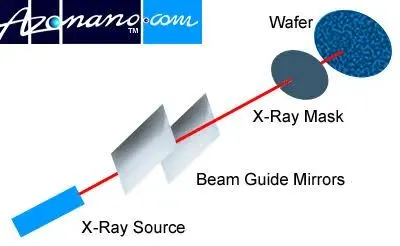
At IFS2023, Future Horizons CEO Malcolm Penn (pictured) stuck to his January forecast of a 22% semiconductor market decline for this year – giving the industry a valuation of $447 billion – with the best case scenario being minus 17% and a worst case scenario (now unlikely) of 26%.
“A single digit decline would need Q2 to be positive, but even TSMC is warning of a 4% to 9% 
The March unit shipment run rate was 24% down – at 6.2 billion units a week as against 8.2 billion a week at the peak of the cycle. The current run rate is down 15% from actual demand (the deficit is the inventory burn).
March 2023 units were down 13.1% y-o-y, ASPs were down 12.6% y-o-y, and the dollars were down 24% y-o-y.
It is unlikely that inventory depletion will be over before Q4 2023, said Penn, and it could be longer if end demand softens.
The market fluctuations were triggered by a sustained period of underinvestment in capacity between 2021 and 2022, said Penn.
The capex overspend in Q1 and Q2 2021 sent the 2022 market into a downturn and in 2H 2022 the capex spend increased still further despite the market data.
“The current capex overspend is now at an all time record high which will impact sales in 2023 to 2024,” said Penn.
The was an ASP recovery which started in December 2020 – driven by strong unit demand, maxed-out capacity and product shortages – plummeted in June 2022 wiping out 85% of the previous 18 months’ gains in one month.






